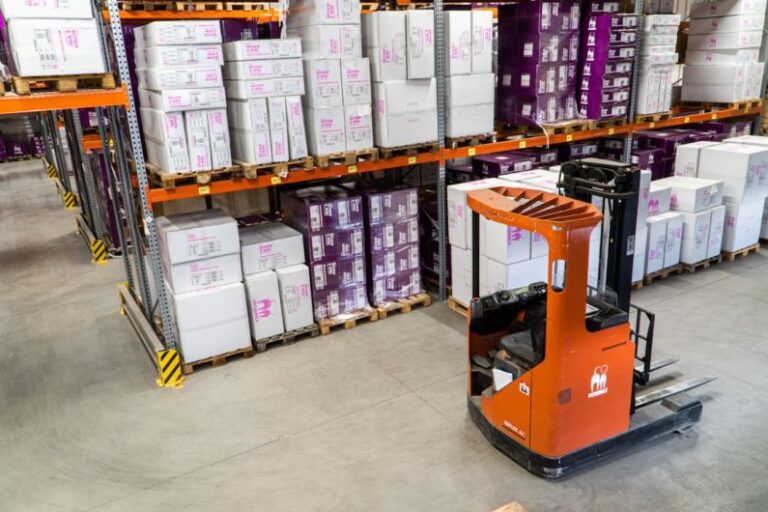Enhancing Communication Within Your Supply Chain
In today’s interconnected global marketplace, effective communication within the supply chain is crucial for the success of any business. From raw material suppliers to manufacturers, distributors, and retailers, every link in the supply chain must be well-coordinated and informed to ensure seamless operations. Enhancing communication within your supply chain not only improves efficiency but also reduces costs, minimizes errors, and fosters stronger relationships with partners. In this article, we explore key strategies to boost communication within your supply chain and drive better business outcomes.
**Establish Clear Communication Channels**
Clear and open lines of communication are the foundation of a well-functioning supply chain. By establishing clear communication channels, organizations can ensure that information flows smoothly between all parties involved. Utilizing digital communication platforms such as email, instant messaging, and collaboration tools can help streamline communication processes and keep everyone on the same page. Regular meetings, both virtual and in-person, can also facilitate real-time discussions and address any issues promptly.
**Utilize Technology Solutions**
Technology plays a vital role in enhancing communication within the supply chain. Implementing a robust supply chain management system can centralize communication, provide real-time visibility into operations, and automate routine tasks. Additionally, technologies such as RFID, IoT sensors, and blockchain can improve transparency and traceability across the supply chain, enabling better decision-making and risk management. Leveraging data analytics tools can also help organizations gain insights into their supply chain performance and identify areas for improvement.
**Collaborate with Partners**
Collaboration is key to effective communication within the supply chain. Building strong relationships with suppliers, manufacturers, logistics providers, and other partners is essential for aligning goals and sharing information efficiently. Establishing collaborative partnerships based on trust and mutual benefit can lead to better communication, increased innovation, and improved problem-solving capabilities. Regularly engaging with partners through joint planning sessions, performance reviews, and feedback sessions can foster a culture of collaboration and continuous improvement.
**Implement a Communication Protocol**
To ensure consistency and clarity in communication, it is important to implement a communication protocol within your supply chain. A communication protocol outlines guidelines for how information should be shared, who should be involved in communication processes, and what channels should be used for different types of communication. By setting clear expectations and standards for communication, organizations can prevent misunderstandings, reduce delays, and enhance overall efficiency.
**Provide Training and Development**
Effective communication skills are essential for all stakeholders within the supply chain. Providing training and development opportunities for employees at all levels can help enhance communication capabilities and promote a culture of effective communication. Training programs on active listening, conflict resolution, negotiation, and cross-cultural communication can equip employees with the skills they need to communicate effectively with internal teams and external partners. Investing in continuous learning and development can improve communication practices and drive better collaboration within the supply chain.
**Foster a Culture of Continuous Improvement**
Continuous improvement is crucial for enhancing communication within the supply chain. By regularly evaluating communication processes, soliciting feedback from stakeholders, and implementing lessons learned from past experiences, organizations can identify opportunities for improvement and make necessary adjustments. Embracing a culture of continuous improvement encourages innovation, flexibility, and adaptability, ensuring that communication practices evolve with changing business needs and market dynamics.
**In Summary**
Enhancing communication within your supply chain is essential for driving operational excellence, increasing efficiency, and building strong relationships with partners. By establishing clear communication channels, leveraging technology solutions, collaborating with partners, implementing a communication protocol, providing training and development, and fostering a culture of continuous improvement, organizations can optimize their supply chain communication practices and achieve better business outcomes. Prioritizing effective communication within the supply chain is not just a best practice—it is a strategic imperative for success in today’s competitive business environment.






